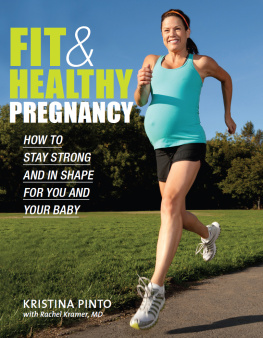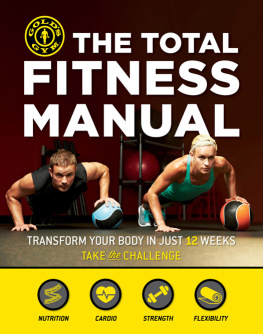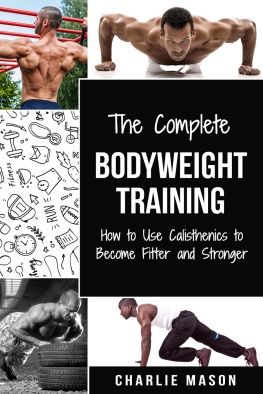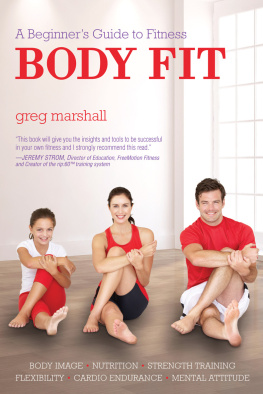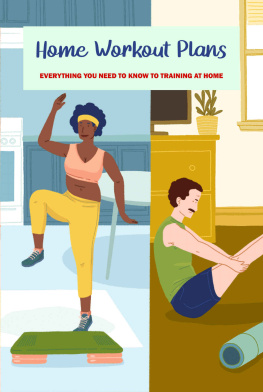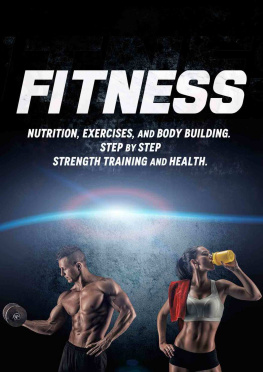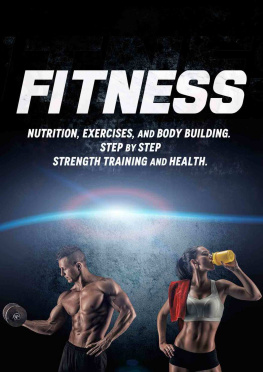The Total Body Resistance Band
Training Manual
Designed and created by serving Royal Army Physical Training Corps Instructors
The British Army Fitness Elite
Copyright Juan Santos 2014
This book is sold subject to the condition that it shall not, by way of trade or otherwise, be lent, resold, hired out, or otherwise circulated without the publisher's prior consent in any form of binding or cover other than that in which it is published and without a similar condition including this condition being imposed on the subsequent publisher.
The moral right of Juan Santos has been asserted.
Why should you try Resistance Bands?
1. They are easily packed and can go anywhere.
You can easily pack them into your kit bag or suitcase for holiday and you can train with them indoors, outdoors or even in the car!!
2. They improve coordination, balance and proprioception and works core muscles throughout most exercises.
Because there's tension throughout the exercises, you have to stabilize your body. This helps with coordination, balance and proprioception which will decrease chances of injuries, and it also helps you involve more muscle groups. The risk of injury compared to using free weights is vastly reduced.
3. They add more variety to exercises and training sessions.
With weights, you have a limited amount of exercises you can do. The resistance band allows you to change your body position in multiple ways. This changes how your body works and how an exercise feels.
4. They're inexpensive.
Bands range anywhere from 5 upwards depending on how many you get and where you buy them, which is nice for the budget-conscious.
5. They're great for all fitness levels.
Depending on how you use them, bands can be great for beginners as well as more advanced training programmes. You can use them for basic exercises to full functional range movements.
CONTENTS
1. Introduction
The authors of this manual are both serving members of the Royal Army Physical Training Corps with many years of experience in both the Field Army and Exercise Rehabilitation, including instructing at the Defence Medical Rehabilitation Centre at Headley Court. Between them they have been the strength and conditioning coach for Army rugby league and sports injuries coach for Army rugby union masters. They have also spent time deployed on numerous operational tours including Iraq and Afghanistan as ground tactical commanders, physical training instructors and exercise rehabilitation instructors.
Whilst the authors were deployed on operations in Afghanistan, it became apparent that physical fitness equipment for soldiers was not always readily available. The authors of this manual realised that there was a need for a training method based around simple lightweight equipment, which could be easily carried and used in any environment or location. This would help maintain physical fitness for anyone who didnt have access to training equipment and were limited by time.

Resistance bands have been used for many years within rehabilitation, by personal trainers, gymnasium classes and in the wider sporting population. With the correct programme and methods of training it was easily adapted to a robust functional and effective system of training for all fitness abilities.
On return from Afghanistan the authors researched and created the first Resistance Band Instructor Course. This course is designed for PT Instructors and is now recognised and endorsed by the leading training provider in the UK.
A simplified booklet version of the manual you are now reading was created for the use of soldiers deployed to operational theatres around the world. This was field tested in 2012 in the harsh environment of Jordan by 200 exercising troops training for deployment to, and subsequently used in, Afghanistan. The booklet was found to be easy to follow and filled the physical training gap left by the lack of equipment available.
The manual you are reading now is a more in-depth and holistic view of physical fitness incorporating all aspects of healthy living and fitness. In this manual you will be shown how to eat healthily, how to cook healthily, how to eat and train for your specific body type. You will be shown how to measure your progress with the use of training diaries, food diaries and the use of the body composition measurement. This manual will take you through goal setting, helping you realize your potential, and will help you make positive and permanent changes to your lifestyle in the comfort of your own home, outdoors, the office or even on holiday. This manual can truly be used anywhere! Eventually this manual will take you to a level of knowledge and ability that will enable you to design, implement and modify your own individualized training programme to help you achieve your goals.
This is the one stop shop in changing your life and your health in a positive, easy to follow, logical and informative way created by the Armys elite fitness experts.
2. Body Composition Measurement (BCM)
In order for you to ascertain a start point and monitor your progression towards your goals you will need a reliable method of estimating your BCM. You wont need expensive weighing scales that estimate your body fat (these are rarely accurate). The gold standard is to use callipers, however this can be difficult to use and you will need someone well versed in their use.
The BCM is the combination of the Body Mass Index (BMI) and the waist circumference, allowing you a tool with which to help monitor your health. It is a recognised method for accurately assessing your risk of developing disease and monitoring how you are progressing towards a more muscular you!
What is the BMI?
Used by medical professionals to assess health risk.
For normal people there is a constant ratio between weight and the square of the height.
It states that there is a healthy weight range for any given height.
It is calculated by weight (Kg)/height (m x m).

How Useful is the BMI?
Used by medical professionals to assess a persons risk of acquiring certain health-related conditions, i.e., heart disease.
People with a BMI of between 20 25 have the lowest risk of developing disease related to obesity.
People with a BMI of over 30 have the highest risk of developing disease related to obesity.
People with a BMI below 20 have a higher risk of developing other health problems, such as respiratory disease, certain cancers and metabolic complications.
Both those with a BMI of over 30 and below 20 have an increased risk of premature death.
Limitations of the BMI
The BMI does not give information about body composition.
It only gives the desirable weight for average people NOT sports people. As you progress through your training, you will gain muscle and lose fat, if your diet and nutrition are correct. This means that the BMI alone is not a good estimate of how you are doing.
Waist Circumference Measurement
Scientists at the Royal Infirmary, Glasgow, state that a simple waist measurement correlates with intra-abdominal fat.
It can be used to predict total body fat percentage.
A waist measurement of 94 cm or more in men, or 80 cm or more in women indicates excess abdominal fat.
Excess abdominal fat is a health risk!
Next page

